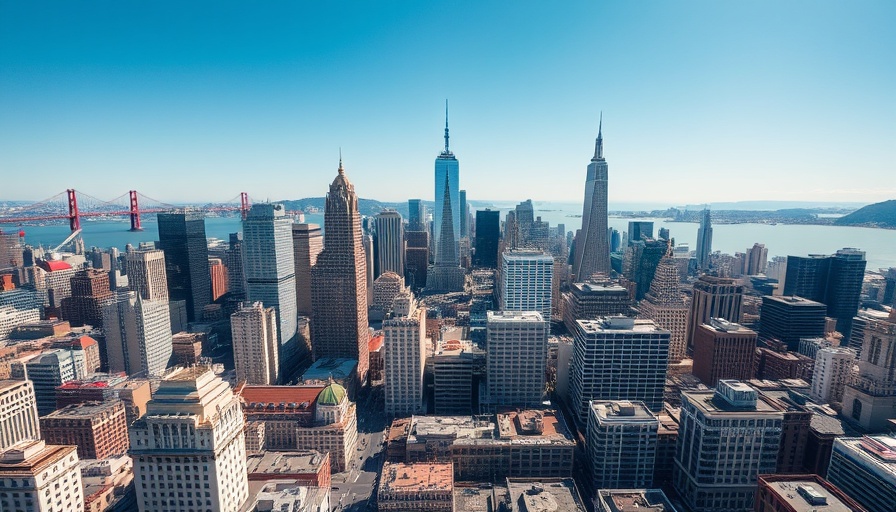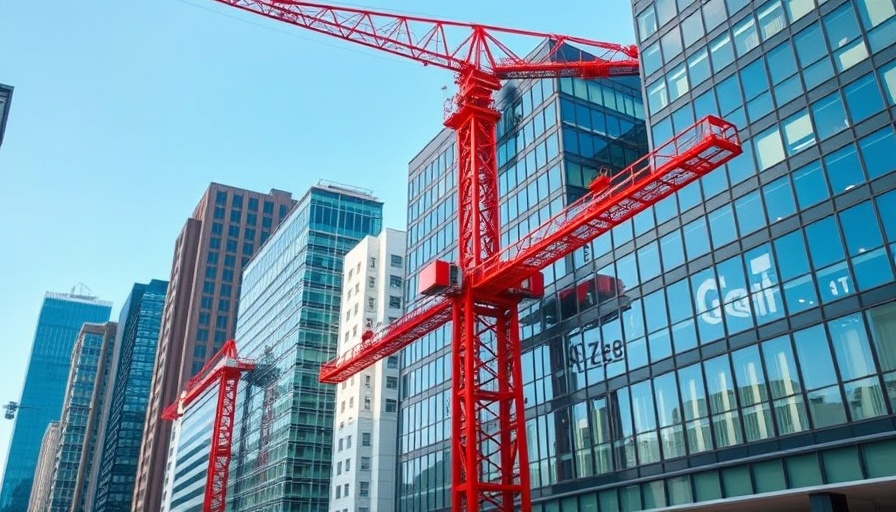
The Push for Office-to-Residential Conversions in San Francisco
As the landscape of urban life continues to evolve, San Francisco is at a pivotal moment that could reshape its downtown area significantly. The recent legislative measure, referred to as AB 2488, is poised to finally tackle the chronic issue of vacant office spaces by promoting conversions to residential buildings. Advocates insist that this movement is not merely a response to the current economic climate but rather a long-term solution to redefine living and working spaces in this bustling metropolis.
The Context: Understanding San Francisco's Real Estate Challenges
San Francisco has been grappling with excess office spaces for years, a predicament worsened by the rise of remote work in the post-pandemic era. Many companies have downsized their physical presence, leaving numerous office buildings underutilized and creating an urgent need for reinvention. This trend is not isolated; cities across the globe are facing similar dilemmas, leading to the growing appeal of converting offices into homes. Such conversions not only solve the issue of vacant buildings but also enrich the urban fabric by integrating residential options into commercial districts.
Legislation's Role: AB 2488 as a Turning Point
The passing of AB 2488 marks a significant step forward for the city. This legislation encourages property owners to reconsider the purpose of their space, offering various incentives for converting office units into residential dwellings. One key consideration is the reduction of property taxes, which has been a long-standing request from proponents of conversion initiatives. By alleviating financial burdens, the city aims to not just fill empty spaces but also enhance the vibrancy of downtown living.
Social Implications: Why This Matters
The implications of AB 2488 are far-reaching. For families, young professionals, and retirees alike, converting office spaces into homes means access to affordable housing in a city where gentrification has led to soaring rents. Additionally, these conversions can help inject life back into the struggling downtown area, fostering community connections through nearby amenities, parks, and public transport systems. As living spaces become more accessible, factors like commute time could be significantly reduced, allowing residents to spend more time with their families or pursue leisure activities.
Exploring Successful Models: Lessons from Other Cities
Cities like New York and London have pioneered similar conversions with varying degrees of success. For example, New York’s efforts to repurpose office buildings into residential units have shown that strategic planning can transform neighborhoods. By learning from these models, San Francisco can tailor its approach, ensuring that new residential spaces not only accommodate housing needs but also preserve the essence of the city’s unique culture.
Future Insights: What Lies Ahead for Downtown?
Looking ahead, the success of the office-to-residential initiative rests on continuous collaboration between city officials, developers, and community members. Experts predict that if policies like AB 2488 are effectively implemented and supported by the community, we may witness a renaissance in urban living, with bustling residential neighborhoods reinvigorating downtown San Francisco.
Conclusion: Get Involved in the Conversation!
The impending city changes open up multiple avenues for community engagement. For those interested in shaping the future of downtown San Francisco, participation in local forums, city council meetings, and discussions surrounding AB 2488 is essential. Together, residents can advocate for smart urban development that benefits everyone.
 Add Row
Add Row  Add
Add 




 Add Row
Add Row  Add
Add 

Write A Comment